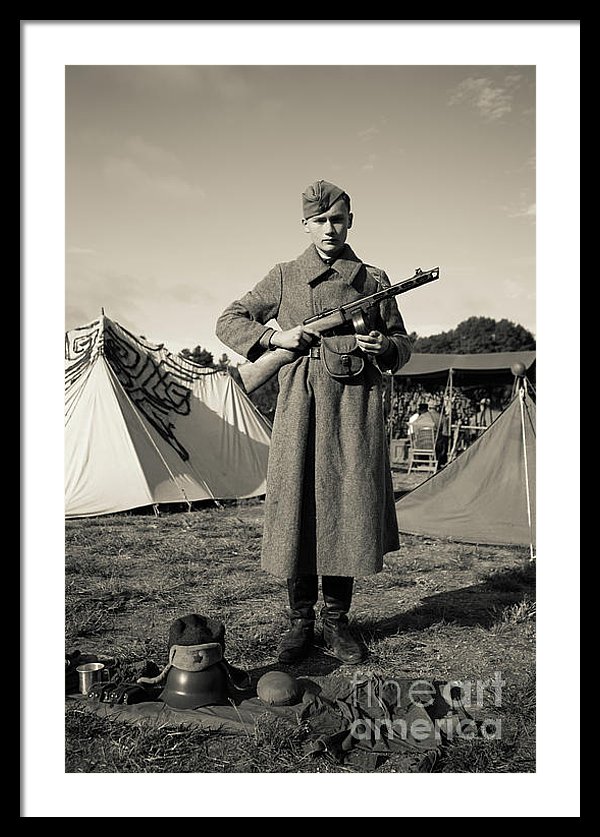Events such as re-enactments provide photographers looking for something new to photograph a great chance to practice some portrait photographs and to capture some unique period images of armed forces uniforms, tent and equipment as well as experience authentic vintage vehicles.
I recently attended the “Battle For The Airfield – WWII Re-enactment” which is held every October in Stow, MA.
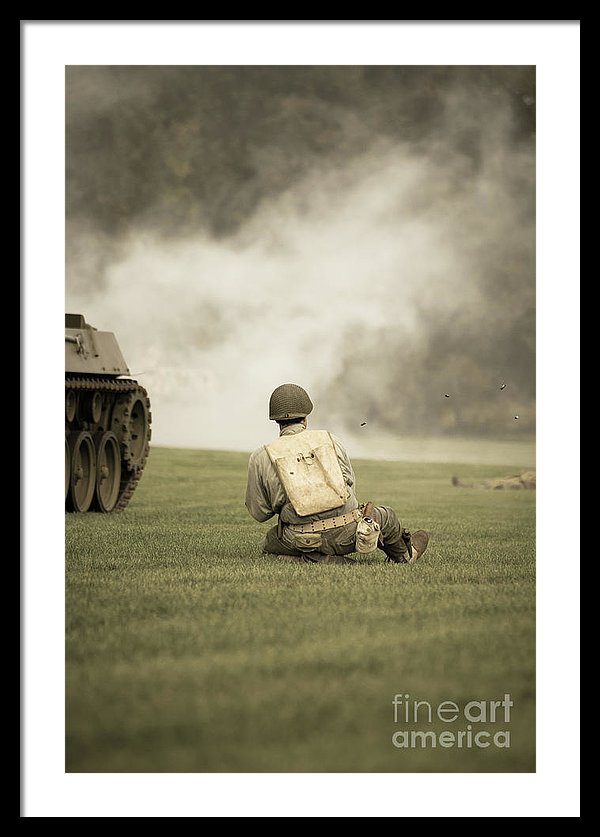
The weekend event involves about 300 WWII Ally and Axis actors in encampments as well as two daily staged battles with tanks, jeeps, aircraft and plenty of gun fire, smoke and explosives.
Visitors can tour the encampments and talk to the participants about their equipment which is a mix of authentic uniforms, tents, weapons, vehicles as well as reproductions.
Re-enactment actors or “living historians” as they are sometimes called, create their own uniforms and props. They represent local groups or regiments and then participate in the encampment and staged battles.
Visitors are encourage to visit the encampment and talk to the participants and ask questions about their equipment, uniforms and how daily life would have been back in WWII. The “sets” are a mix of authentic equipment as well as researched and made “props”.
Re-enactments come with a bit of controversy I think. On one hand there are the historic educational elements. Some of the actors I talked with spoke of having family connections to people who had served in World War II and enjoyed the challenge of researching props, tracking them down or making props.
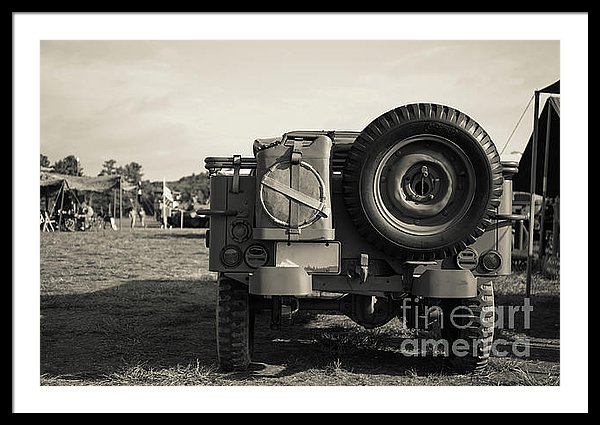
Things like the canvas tents in the encampment that some of the actors sleep in over the weekend are getting harder and harder to find and can cost thousands of dollars. Even the uniforms they wear can cost hundreds of dollars. So it’s a full on hobby for those who get involved.
One actor told me that his group does six events each summer all over the East Coast with one in Reading, PA being the largest with 60 encampments.
In the German encampment we ran into an amazing collection of vintage radios. And of course there is the authentic vehicles like Jeeps and even museum pieces restored, working and driven out of the museum just for this event. Just shows if you really get into this as a hobby there are no bounds of how deep you can go. I’ve read about American Revolutionary war living history actors getting down to the details of the stitches in their uniforms.
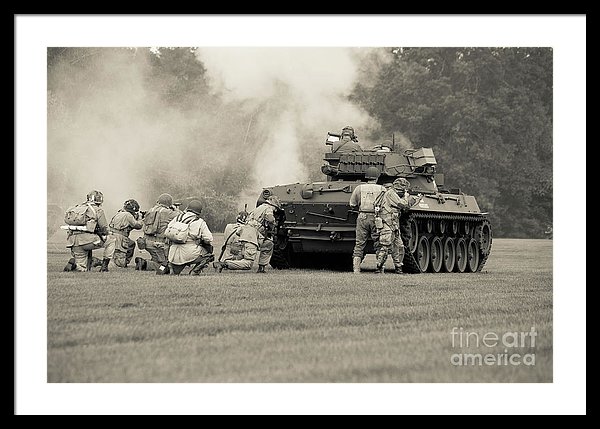
Another actor in the German encampment makes authentic looking military paperwork for the German soldiers. He had all kinds of rubber stamps that were researched and recreated to add authentic looking marks on reproduction paperwork.
I know my Dad, a Vietnam vet (two tours, two Purple Hearts and 22 years in the U.S. Army) frowned on the whole reenactment thing. He thought it glorified war and the actors had no clue about the real horrors of war that he experienced. But he might have changed his mind about them after seeing this event. I don’t know what kind of reenactment events he had seen or read about.
After he left the Army, he went back to his original plan of teaching American History at a high school in Colchester, CT. and serving in the honor guard for military funerals. When we kids were growing up we never heard anything but his time in the war. But when he was teaching history at the high school he developed a whole educational program about the Vietnam War which brought in military vets to talk to the students.
I did think at Collins Foundation event they did a good job introducing the reenactment battle with the history that lead up to WWII and America’s involvement, the tremendous lose of life and the debt of gratitude we all owe our service men and veterans.
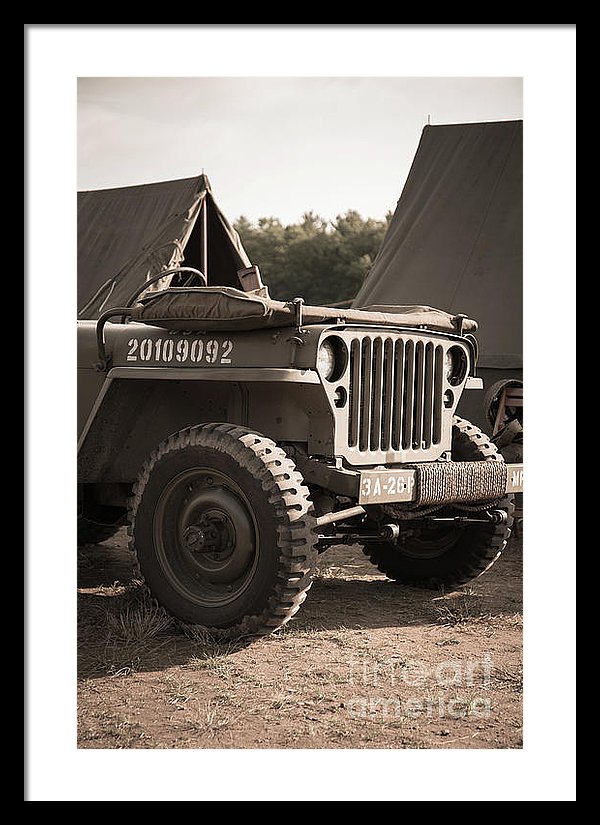
I suppose if the explosions and tanks running around at least spark some interest in visitor’s curiosity for history than that’s a good thing. Understanding history helps us not to repeat it.
And such a small percentage of today’s American’s actually service in the military, unlike WWII when just about every family experience the sacrifice for the war effort, the event reminds us of our brave men and women serving in the military.
Besides the encampments and the battle, entrance to the event also included a look at the brand new museum on the property, the American Heritage Museum which houses a very impressive collection of armored vehicles from early WWI tanks to Russian made, Iraq rocket launchers.
The state of the art museum does a great job explaining the stalemate of trench warfare in WWI and Hitler’s development of a fast moving, mechanized “blitzkrieg” or lightening army which swept over Europe in WWII. Armored war machines were the secret behind his unstoppable forces. They could drive right over or through any trench.
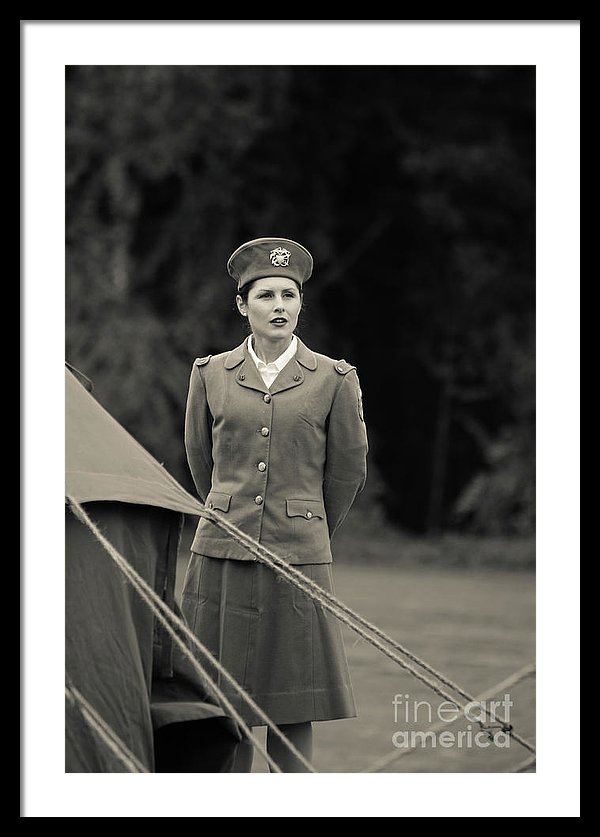
For the photographer looking for a break from landscapes the entire event was a target rich environment for getting some unique photos and learning some history of WWII and the part mechanized weapons played in the war.
This was my first reenactment and I found it a rich experience. If you look around your local area you’ll probably find reenactments of all shapes and sized from the American Revolution to the Civil War and more modern conflicts.
See more World War II photographs here – https://edward-fielding.pixels.com/collections/world+war+ii
